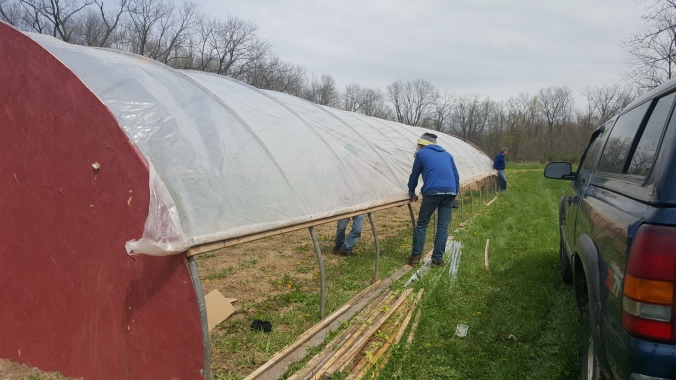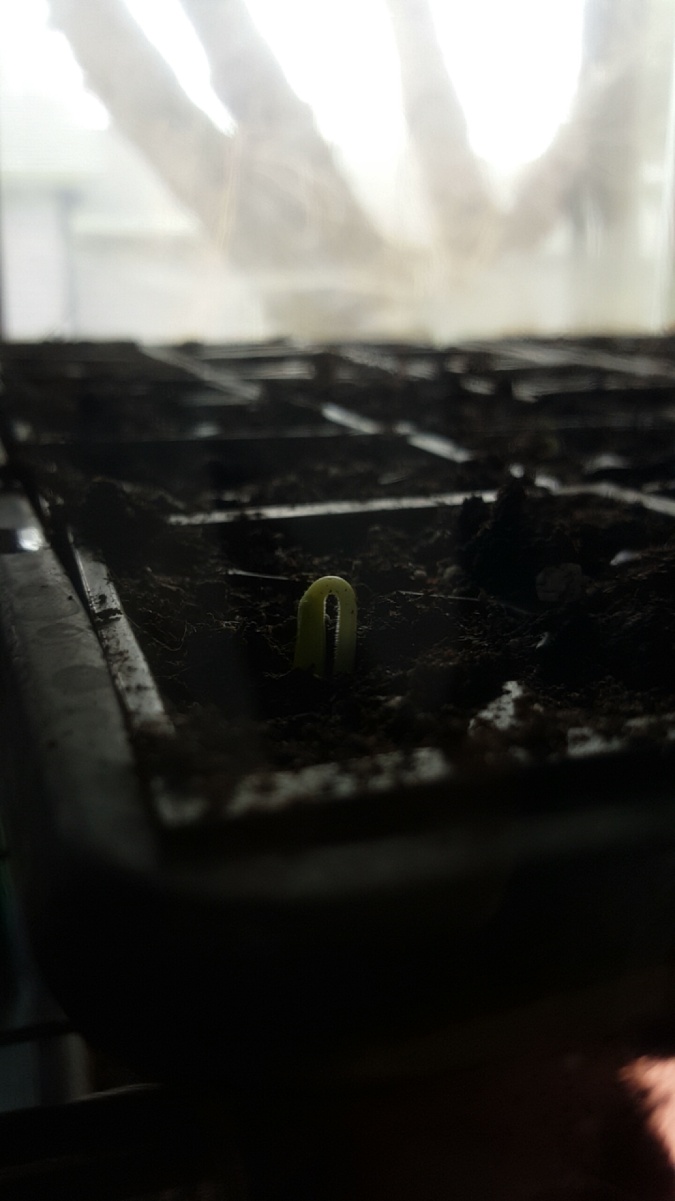We have officially lived on the land for one week. Our move in day was June 1st 2016. As I mentioned in earlier blog posts we have no electricity or running water at our property. This has put planting in the greenhouse to a standstill, but the rain has allowed us to continue planting outside. This brings me to my first topic: roots.
Roots
Roots holds two meanings in this case. First, roots in terms of family. We are so grateful for Nic’s dad for allowing us to start this adventure. I also am so appreciative of my parents for helping me move my horse down to the farm on Saturday, June 4th. They helped us complete our fence and brought us some water to fill the camper. I am also thankful for all of our family (and friends) who have helped us and supported us in any way. You guys rock!
The second roots I would like to address are plants. I have come to find a deep amazement for plant roots. Like our family roots they support and fuel our new seedlings. They extend themselves deep into the ground, despite rocks or other obstacles, to support the plant we harvest from. When I transplanted seedlings on Monday June 6th I couldn’t help but smile at the strong roots that were holding the soil into place.
Spiders
My dad was always the official spider killer in our family while I stood in the hallway and waited until I heard them being flushed down the toilet. For that reason it was quite astounding to me when I realized I was picking up armfuls of cut grass with spiders galore and didn’t freak out…actually I would dare to say it almost brought me joy. Spiders eat bugs, so when I see spiders I know there are bugs everywhere which makes me happy because that means that the land is bursting with life. I used cut grass to mulch our garden beds and I am hopeful that the spiders that I just transplanted will eat the bugs that are eating our bean plants.
Mindfulness
“Inside the garden’s gate
a sea of green surrounds me.
In its embrace I learn to see
the truth of oneness.” -Zachiah Murray
I love everything about nature and I love to see nature reflected in me. Because it simply just is, and it just does. Working with nature inspires and amazes me. I love all the different ecosystems I am exposed to. Today I am mindful (and grateful) for trying new things. Living on the land has thrown me into so many different situations that I had no idea how to handle, and I find it invigorating. I approach each challenge with excitement, because there are no expectations for me or our farm. No matter what the end result is, we are coming out ahead because we took a piece of land and created a new working ecosystem.
Do any readers have questions for myself or Nic? Are you wondering how we possibly are handling living without water/electricity/wifi? Please comment your questions below we would be happy to answer them.
Stay grateful, my friends. (~);}
















